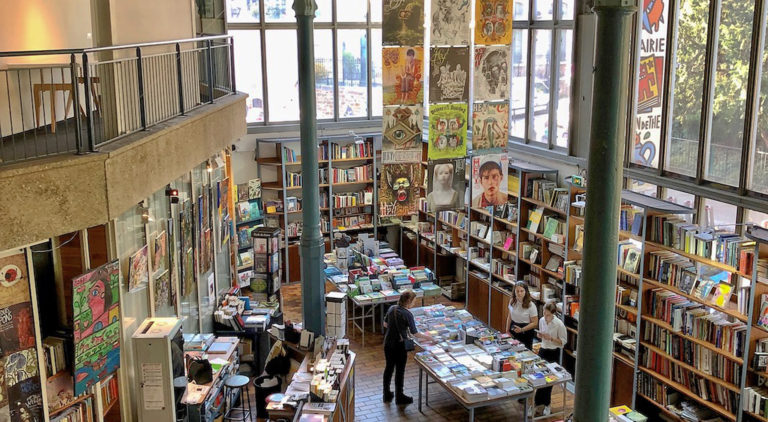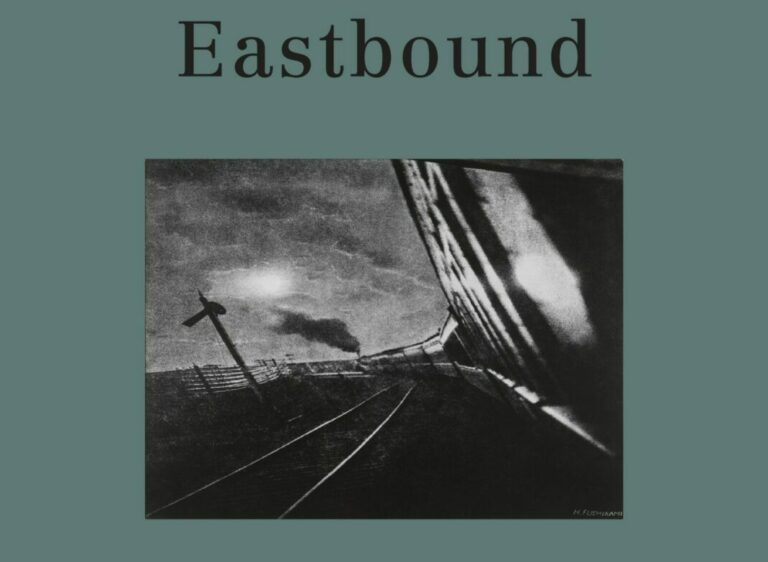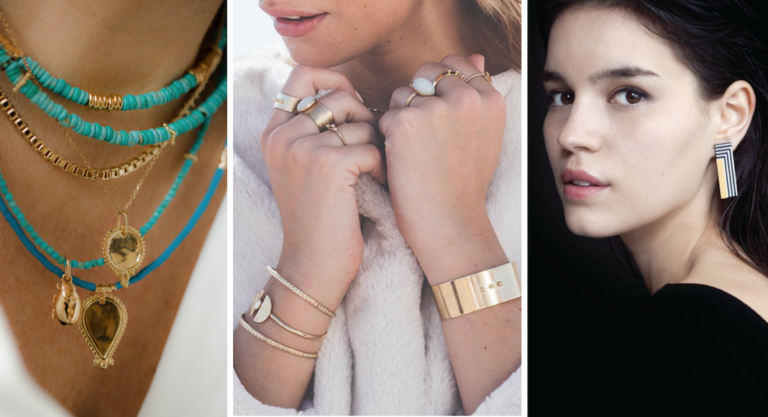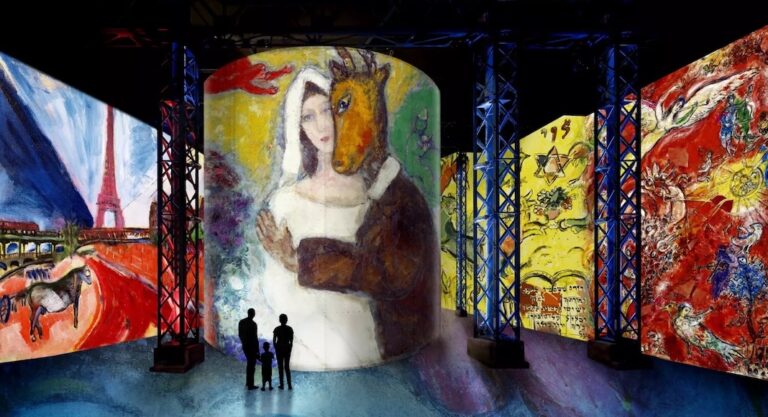Paris is one of the great cities for art lovers, and whether you’re a capital-A “Art” snob or just hoping to be inspired by some cool pieces of street art along the Canal de l’Ourcq, the City of Lights has something for everyone. In fact, with over 100 museums in Paris, it can be overwhelming to start your art adventure. Should you spend three days in a row painstakingly reading the bronze plaque in front of every statue in the Louvre? Or should you pop an edible and let Monet’s Water Lilies at the Orangerie blow your mind? Maybe you just want to go to Montmartre and stand in the same places where Toulouse-Lautrec or van Gogh painted some of their most famous city scenes.
But whether you’ve been to nearly every museum in Paris, or can’t tell the Centre Pompidou from the Palais de Tokyo, there is a Paris art book that will encourage you to explore the city’s art in a fresh way. Art Hiding in Paris by Lori Zimmer (author of Art Hiding in New York and the upcoming book, Not Your Muse), published by Running Press, is a guide to the great public art works hiding in plain sight throughout the city. Paris has a long history of commissioning public artworks, and the city’s reputation as a haven for artists means that many of the famous French artists we know and love today have lesser-known public works out in the open, which you would never recognize unless someone (or some book) tipped you off.

Instead of including photos of these Paris artworks, they are illustrated with delightful whimsy by Maria Krasinkski (who also illustrated Zimmer’s previous book, Art Hiding in New York), with the goal of encouraging you to seek them out yourself. Each illustration is accompanied by an explanation of the work’s history. There are countless stories of frescoes that were spackled over to hide them from the Nazis during World War II, or covered when an establishment changed hands, only to be revealed decades later to awestruck renovators. Many of the pieces included are working, functional art pieces, like the Carousel of Endangered Animals in the Jardin des Plantes, or the whirling fountain sculptures of Niki de Saint Phalle in the Marais. Others showcase early works by famous artists well before their heyday, like the marble façade of the Théâtre des Gobelins, which Auguste Rodin sculpted long before he thought up The Thinker or brought Dante’s Inferno to life.
Zimmer, a New York-based curator, writer, and author, shared some insights into how the book was made, and which pieces continue to spark her imagination.
What are some of your favorite artworks in the book?
I absolutely love the sculpture The Defender of Time by Jacques Monestier. It’s an amazing automaton of a man with a sword battling a dragon, a crab and a rooster. It’s tucked into a courtyard near the Centre Pompidou and had been broken for over a decade, covered in bird poop. I found it fascinating anyway, and decided to put it in Art Hiding in Paris, having no idea that three months after my book was published, the automaton would be restored to its former glory! At every hour it activates, the man swinging his sword at one of the animals. It’s so amazing! And kind of a weird gift since I already liked it, broken as it was.
There are also these incredible Art Nouveau erotic tiles that the owners of a building housing a computer supply company near Strasbourg-Saint-Denis found behind some drywall when renovating. It turns out the space was a maison close (brothel) called Aux Belles Poules from the turn of the century until the 1940s. An artist had hand-painted beautiful scenes of Belle Époque and Jazz Age women, along with mosaics all through the bottom floor. When the owners discovered the tiles, they decided to shift their focus, and restore the tiles. Aux Belles Poules is now an event space, but they do these once a month happy hours with a short lecture on the fascinating history of sex work in Paris (in French) coupled with two gorgeous flapper-style singers.
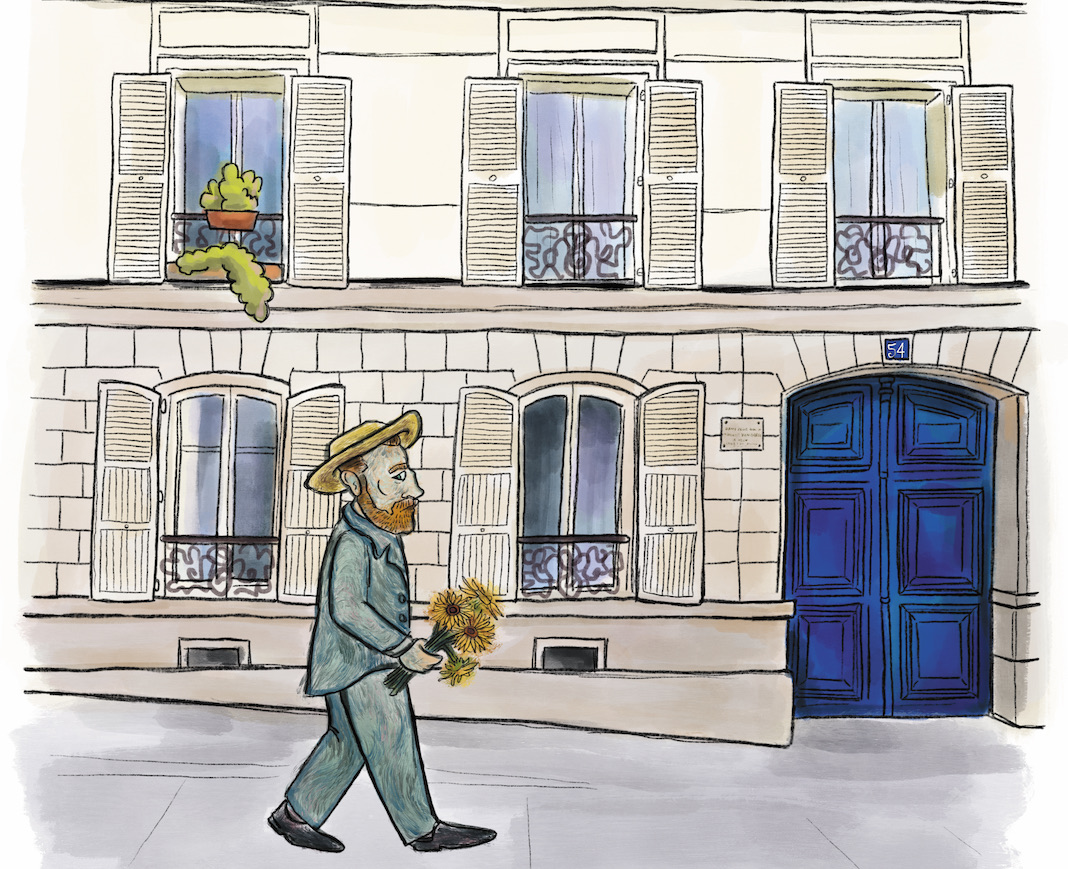
What was the research process like for selecting and learning about the artworks included?
I’d say it was about 50% walking miles and miles all over Paris, and 50% book research, museum research, interviewing, touring, and reading, reading, reading. I started casually researching the book in 2018, keeping a running list of gems found while scouring Paris, or stories I learned while there. When the lockdown happened and we couldn’t travel, I went heavy on the internet research, and started to write about the pieces and places I already had seen. I made a list of around 150 potential art sites to see. Once the travel restrictions were dropped, I booked a flight and spent a month walking to all 150 places, to see if they were worth going to, if they were in an area with other things to do, to see if I liked them in person. Then I picked 100ish of the very best. It was all a very nerdy process, and I loved every minute of it.
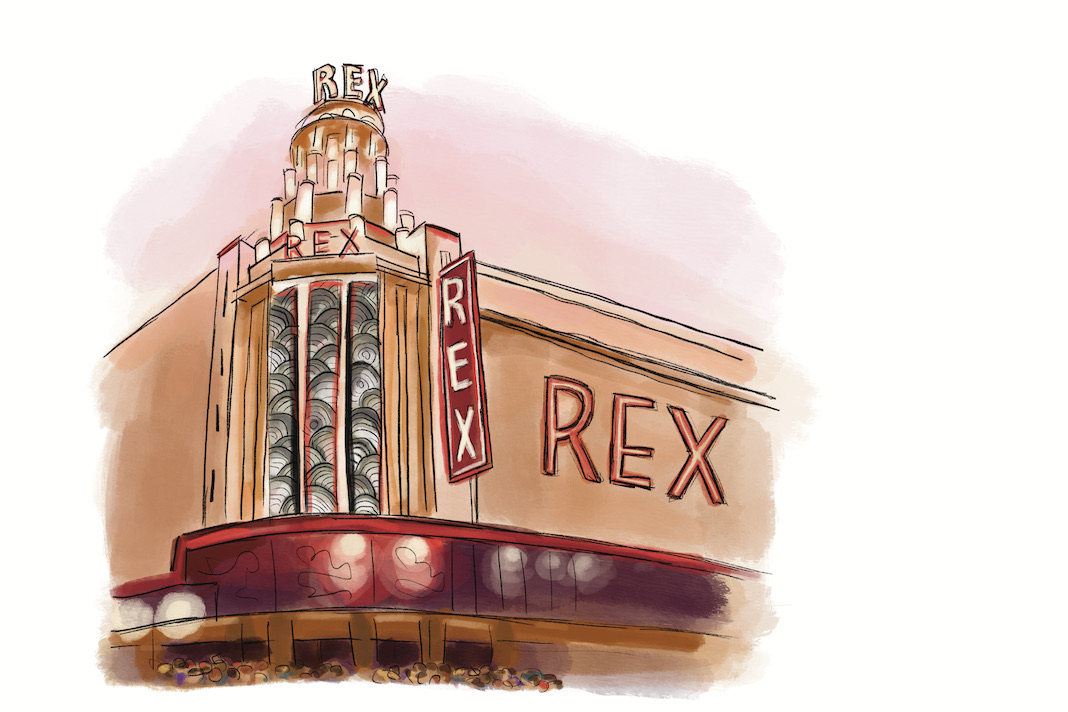
Tell me a little bit about your connection to Paris.
My boyfriend Logan Hicks is an artist, and shows frequently in Paris, so we have been lucky to spend several months a year there for his work. It has come to feel like a second home, and once Logan’s kid is out of highschool, we are considering taking the leap. So, naturally, after my previous book Art Hiding in New York did so well, Paris just made sense. My partner in crime, Maria Krasinksi, the illustrator of these books, moved to Paris earlier this year as well. We have been friends since fourth grade, so I’m there a lot because I miss her, but also to work on our books together. I’m going on my next trip to Paris later this month to work on our next project, called Not Your Muse, publishing fall 2024.
Catherine Rickman is a writer, professional francophile, and host of the Expat Horror Stories podcast. She is currently somewhere in Brooklyn with a fork in one hand and a pen in the other, and you can follow her adventures on Instagram @catrickman.



